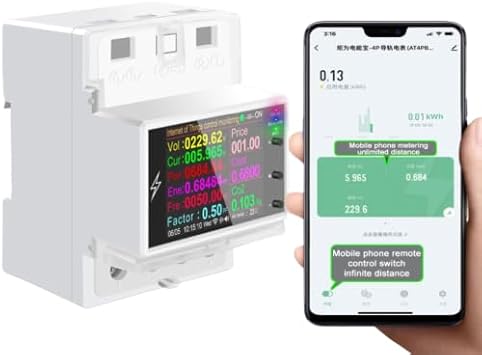As we just got our car and it is unrealistic to get a proper charger installed before September I have to rely on granny-charging until then. Sockets here are Schucko and mostly with 13A fuses (in the fusebox), the block on the cable lights up with 10A and it worked just fine overnight.
Now, we have cheap rate between 22h and 8h and sufficient excess of PV*) in the early afternoon so I would like to use those periods.
I tried to set the car to manage that but must admit I found it a poor joke - why do I have to set a departure time to be able to schedule changing? I lost patience with it and found a timeswitch to plug in the socket (timeswitch is rated 3.5kW), this was much simpler to my impatient mind.
Anything wrong with this setup, apart from slow charging?
*) As we sell excess electricity the real cost is €0.06/kWh for using self generated power and about €0.133/kWh at night
Now, we have cheap rate between 22h and 8h and sufficient excess of PV*) in the early afternoon so I would like to use those periods.
I tried to set the car to manage that but must admit I found it a poor joke - why do I have to set a departure time to be able to schedule changing? I lost patience with it and found a timeswitch to plug in the socket (timeswitch is rated 3.5kW), this was much simpler to my impatient mind.
Anything wrong with this setup, apart from slow charging?
*) As we sell excess electricity the real cost is €0.06/kWh for using self generated power and about €0.133/kWh at night





